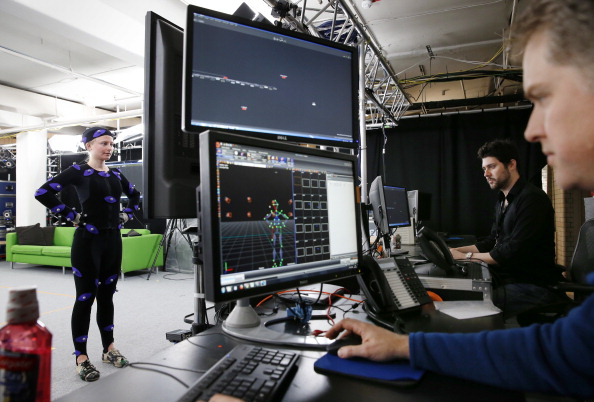The use of visual effects is nothing new to movies and television. The use of visual effects adds depth to scenes to give audiences a visually appealing experience. However, when it comes to visual effects, it is possible to have too much.
Consequences of too Many Visual Effects
What exactly are Visual Effects?
Visual Effects are actions done in a scene that add an effect. These effects could be physical and done while the scene is being filmed, or they can be added after a scene is filmed through editing software. A few examples of the former are pyrotechnics and perspective shot. The latter has the biggest known form of effects found in computer-generated imagery, or CGI.
It is not uncommon for a movie to make use of both types of visual effects. The Lord of the Rings Trilogy is a good example of using both. The use of physical effect to show the size difference between the fellowship, and the use of CGI for Smeagol. The use of all different types of visual effects in the right amount can make for a great viewing. But, too much can be a strain for the viewers and make the movie experience less desirable.
Overuse of CGI
While it is possible to have too much of the physical type of effects, the main area of this article’s focus is CGI use. CGI can be used with green screens to create amazing backgrounds and edits to make actors take on new forms. While the backgrounds create some issues, most of the problems come from the interactions between the real and CGI characters.
The overuse of CGI in a live action movie can create an odd contrast in scenes, and give too much of a fake feel, even for movie standards. While in some situations, like in the movie Avatar, the use of CGI to create the world of Pandora had moments where the animations looked off, but overall it meshed well. However, when the majority of the scenes involve CGI characters interacting with other CGI characters, it is no different than a super realistic animated movie.
Examples of Overuse
In the in infamous re-releases of the original Star Wars trilogy, we saw scenes changed to add CGI. Those scenes have a weird visible difference between CGI and real characters. You can see some of these changes in this video. While people have problems with the edits for other reasons (Han shot first!), they also took away some of the unique visual styles that helped make Star Wars special. The use of the CGI took away some of the realism that existed in the movies.
A more recent example of too much CGI and not enough physical effects was Justice League. Between the big bad Steppenwolf, the Parademons, and Cyborg, the overuse of CGI made the scenes of the movie feel weird. While there would be a few things where CGI would be needed, like turning Cyborg’s arm into a cannon, using CGI to create every unnatural look added an unnecessary weight to the scenes it was used.
Most of Cyborg and even Steppenwolf could have been done using make-up and physical effects. It is not like using make-up for characters isn’t new to DC movies. Suicide Squad had a good use of make-up for Killer Croc and ultimately won an Oscar for it. As previously stated, some actions would be almost physically impossible to do, making CGI necessary. However, CGI for half of a face that doesn’t have moving parts, is excessive.
Last Word on Visual Effects
Visual effects are needed in certain scenes for movies, but too much of a good thing can be bad. For decades, movies used physical effects to add depth to a scene. Once CGI entered the equation, studios could add to scenes things only once dreamed. Whether they became trigger happy or found it would be faster, and cheaper, to use, overusing CGI in movies can create an unaesthetic feel and look to any scene.
Main Image Credit:
Embed from Getty Images


Actually, effects like pyrotechnics are not visual effects – they are special effects. Special effects are when you can capture it physically during filming and Visual Effects are added later.